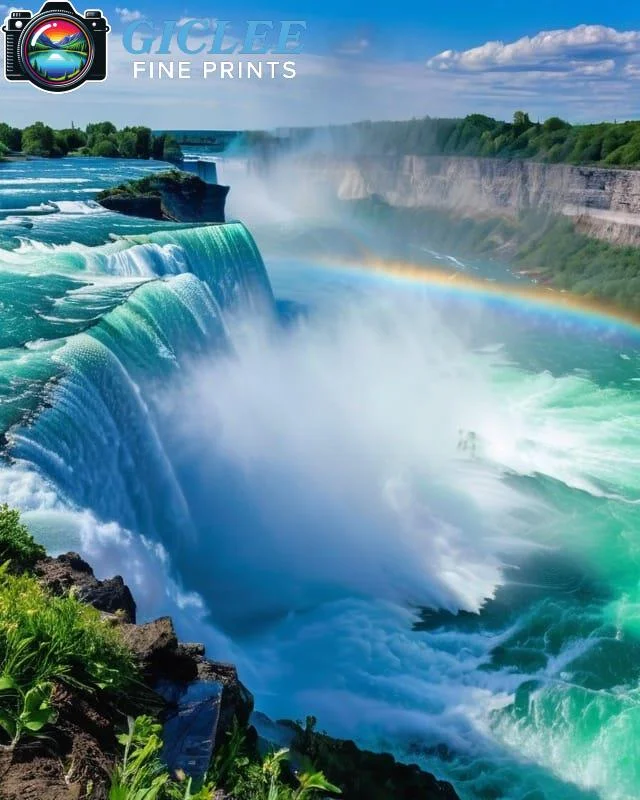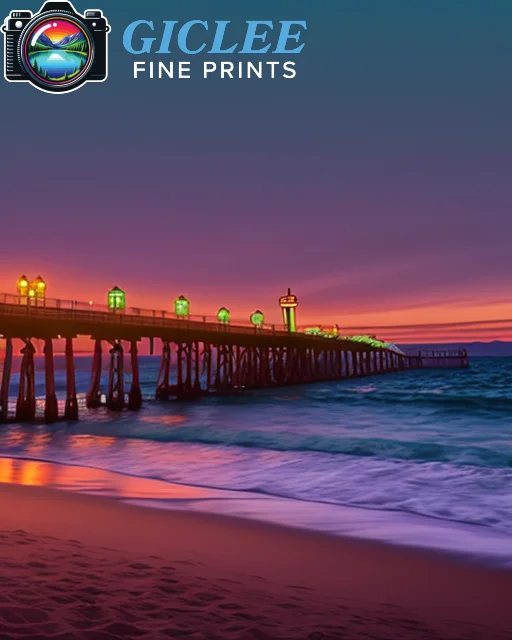
Impressionism is a style of art that is known for its bright colors, quick brushstrokes, and focus on light. It was started in France in the late 1800s by artists like Claude Monet, Pierre-Auguste Renoir, and Edgar Degas. Instead of focusing on perfect details, Impressionists painted what they saw in the moment. Let’s learn more about why Impressionism is so special and how it still influences art today.
Breaking the Rules of Traditional Art
Before Impressionism, artists were expected to follow strict rules. They had to paint realistic scenes, with perfect details, and sometimes even scenes from history or mythology. Impressionists changed all of that by:
- Painting Outdoors (En Plein Air): Impressionists painted outside instead of in a studio, so they could capture the changing light and atmosphere.
- Loose Brushstrokes: Instead of painting with tiny, detailed strokes, they used quick, visible strokes to suggest what they saw, making their work feel energetic and lively.
- Focusing on Light and Movement: They were more interested in how light changed the colors of the scene, rather than painting everything in perfect detail.
Why It Matters: Impressionism allowed artists to be more creative and focus on feelings and experiences, not just accuracy.

The Magic of Color and Light
In Impressionist art, color and light are everything. They used color in new ways to show how light changes throughout the day:
- Broken Color Technique: Instead of blending colors smoothly, artists used small patches of pure color. From a distance, these colors would mix together and create a bright, glowing effect.
- Using Light: Artists like Monet painted the same scene at different times of the day to show how light changed the look of everything. For example, his “Haystacks” series shows how the sunlight changes the color of the haystacks in the morning, afternoon, and evening.
- Little Use of Black: Instead of using black for shadows, they used colors like deep blue, purple, or green, which made the artwork feel more alive.
Why It’s Special: Using color this way made the artwork feel more real and vibrant, like you were looking at the scene in person.
Capturing the “Impression” of a Scene
The word “Impressionism” comes from Monet’s painting called Impression, Sunrise. The name came from a critic who didn’t like the painting, but it actually describes what the Impressionists were trying to do:
- Showing the Feeling: Instead of focusing on details, Impressionist artists wanted to capture the feeling or the mood of a scene. They didn’t paint every leaf or every reflection; they painted what they felt in the moment.
- Spontaneous and Quick: The quick brushstrokes made their paintings feel energetic and spontaneous, almost like a snapshot of a moment in time.
- Subjective Art: Each piece of Impressionist art reflects the artist’s own reaction to the scene, so every painting is unique.
Why It’s Important: Impressionism lets you feel the emotion of the moment rather than focusing on the tiny details. It’s about capturing an experience.

The Influence of Impressionism
Impressionism didn’t just stop with Monet and Degas. It influenced other artists and created new ways of thinking about art:
- Early Influences: Artists like J.M.W. Turner and Eugène Boudin started painting with an interest in light, paving the way for Impressionism.
- Post-Impressionists: Artists like Vincent van Gogh and Paul Cézanne took the ideas from Impressionism and added their own techniques, like thick brushstrokes or bold shapes.
- Today’s Art: Impressionism still affects how we create and see art. Many modern artists, photographers, and even digital creators use techniques inspired by the Impressionists.
Why It’s Impactful: Impressionism helped move art away from perfect realism and opened the door for artists to express themselves more freely.
Bringing Impressionism into Your Own Art
Even if you’re not painting like Monet, you can still create art inspired by Impressionism:
- Paint Quickly: Try painting quickly with visible brushstrokes. Don’t worry about blending everything perfectly.
- Use Bright Colors: Instead of using dark shadows, try using other colors like blue or purple for shadows. This will make your art feel more lively.
- Observe Light: Look at how light changes the colors of things around you. Try to capture that feeling in your artwork.
- Try Printing: You can create your own impressionistic-style artwork and print it on canvas or fine art paper for a beautiful, lasting piece.
Pro Tip: If you’re printing your Impressionist-style artwork, use Giclee printing to get vibrant colors and smooth transitions that mimic the effects of painting.
Contact Us
Our address is: 3816 Pioneer Trail Ste #3, South Lake Tahoe, CA 96150
Email: Info@gicleefineprints.com
FAQs
Not necessarily! You can paint indoors or digitally, but the key is to capture how light changes and create spontaneous, energetic art.
Yes! Photographers can use soft focus or motion blur to create an impressionistic effect and focus more on mood than perfect clarity.
Layer your colors! Start with bold colors and add lighter or darker shades on top to create depth and interest.


